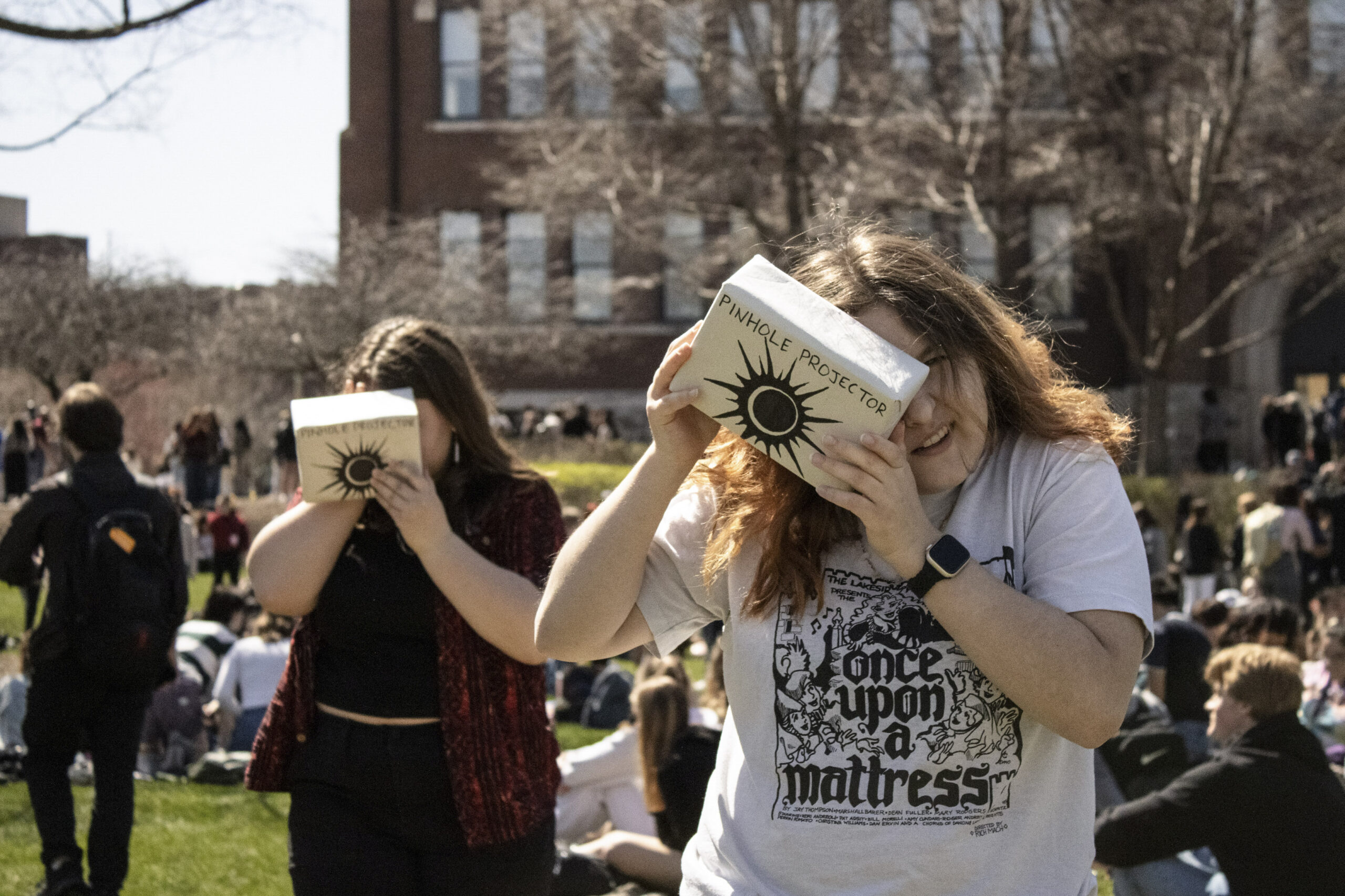The tournament demonstrated the disparities between how men’s and women’s sports are treated in this conference.
Column: The A-10 Dropped the Ball on Women’s Basketball

This season, women’s college basketball around the country reached new heights.
The University of Iowa’s Caitlin Clark completely tore up the record books, South Carolina is on a seemingly unstoppable undefeated run and ESPN reported over 2.6 billion minutes of women’s basketball watched during the regular season — the most ever.
This success gave hope to women’s sports fans across the country that the pendulum was starting to swing and the promise of equity in athletics was finally on the horizon.
Apparently the Atlantic 10 didn’t get that memo.
From the venue to the officiating, this year’s A-10 Women’s Basketball Championship demonstrated the clear disparities between how men’s and women’s sports are treated in this conference. While the players and coaches put on an incredible show, the A-10 dropped the ball in giving them an environment to showcase this talent.
Covering the games as a photographer for The Phoenix, I saw this firsthand and felt bitter about how these teams were treated by the conference.
The first issue was location. The men’s championship was held in New York City — specifically Brooklyn. New York is considered the “Mecca of Basketball” and is the largest media market in the country. In terms of infrastructure, the city has at least three major airports, countless Amtrak and commuter train lines, and an incredible public transit network.
The women’s championship had none of this. The games were held in Glen Allen, Virginia — a township of about 16,000 people around 10 miles from the center of Richmond. While the area has an OK airport and two stops on Amtrak’s NorthEast Regional line, once on the ground, getting around was a challenge.
The arena wasn’t connected to Richmond’s bus network and wasn’t in a walkable neighborhood, either — meaning you had to rent a car, rely on rideshare or hitch a ride with the band if you were coming from out of town. On top of that, many schools — including Loyola — were on spring break at the time so there weren’t many students around to begin with.
To seemingly compensate for this lack of fans, the A-10 invited several local elementary schools to come watch the games. During the first game Loyola played against Fordham University, this really wasn’t a factor as the kids were fairly neutral in which team they supported. The same can’t be said for Loyola’s game against the University of Richmond.
The crowd in that game was not neutral. Richmond — which is just 8 miles from the arena — packed the stands with red and blue and had the support of the aforementioned kids. Loyola band members reported being booed by the kids, fans taunted Loyola players and the crowd filled the arena with noise every time Richmond scored. These games are supposed to be at neutral sites where no team has home court advantage. However, by playing them within 10 miles of two A-10 schools, the conference gave Richmond and Virginia Commonwealth University an apparent advantage.
Beyond the location, the arena itself felt subpar at best. There were low ceilings, single-level seating and the three point arc looked like it was made using painters tape. While the arena was clearly modern — having opened in December — it felt more like a high school or middle school gym than a place where playoff college basketball was played. This feeling was supported by a local news article that said one of the main uses for the facility was going to be youth basketball.
The biggest problem I had with the arena was that it couldn’t handle the sound of the championship. During and after the games, my ears started ringing from how loud it was. While I’m used to loud crowds — having been in marching band for six years — this feeling was more akin to working around a piece of machinery without hearing protection.
What did the men get for their championship? An NBA arena built with basketball in mind which earned several awards for its design and was surrounded by bus stops and subway lines.
By far the cherry on top of this was the officiating. While complaining about calls is a common excuse when your team loses, this is different. At the end of the George Mason vs. Duquesne University game, fans and players were treated to a call so bad that it almost certainly cost George Mason the game and resulted in the A-10 issuing an apology. In a playoff setting, mistakes like this are unacceptable and bring the conference into disrepute.
To be clear, I’m not criticizing the players or the coaches. I loved covering the women’s basketball team this year and was happy to see Richmond win the title when all was said and done. These teams held their end of the bargain and played some incredible basketball. The A-10 didn’t hold up theirs.
Given that the championship will be held in the same place next year, the majority of these problems won’t be solved until at least 2026.
Still, the A-10 needs to get with the times and give fans and players an arena and experience worthy of Division I college basketball. I know equality in athletics won’t be solved overnight, but the conference needs to prove that they’re willing to take steps in that direction. This year’s championship showed just how far they need to go.
Featured image by Aidan Cahill | The Phoenix










